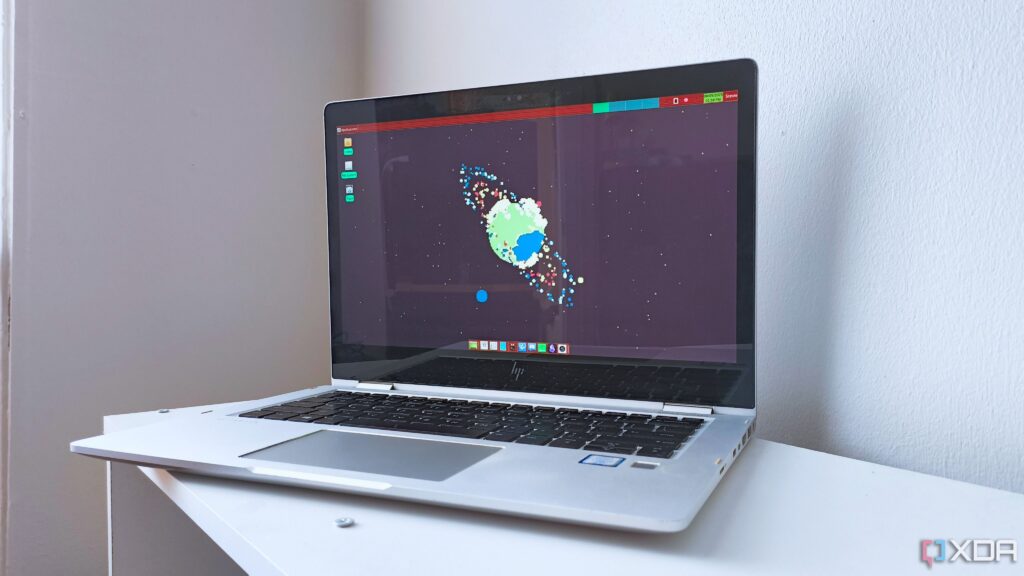
URGENT UPDATE: New insights reveal that Linux users can significantly boost their productivity with just a handful of command-line utilities. As of July 15, 2023, tech enthusiasts are flocking to these tools that streamline workflows and enhance efficiency, particularly for those transitioning from graphical interfaces to command-line mastery.
The shift to command-line operations offers a speed advantage that can transform daily tasks. Users are discovering that basic commands like ls and cd are pivotal for navigating their systems without the hassle of a graphical user interface. The ls -lah command provides a formatted overview of directories, including hidden files, while cd allows seamless movement between folders. This efficiency means users can now manage their files faster than ever.
Disk space management is another critical area where command-line tools shine. With the df -h command, users can instantly check disk usage across partitions. This crucial information helps identify drives that need cleaning. Meanwhile, the du -sh * command reveals which files and folders are consuming the most space, allowing users to act quickly without disrupting their workflow.
Monitoring system performance has never been easier. The tool htop offers a real-time, color-coded view of CPU and RAM usage, surpassing the traditional top command. Users can sort processes by various metrics, making it a must-have for anyone needing detailed system insights. To get started with htop, simply run sudo apt install htop.
For those looking to manage downloads more effectively, wget is a game-changer. This command-line tool enables users to download files directly from the web without opening a browser. With wget, downloads can be paused, resumed, and even managed in bulk. The command wget -r -A pdf https://example.com/resources/ will download all PDFs from a specified page, showcasing its robust capabilities.
Additionally, the apt command serves as an all-purpose software installer for Debian-based systems. Users can install vital applications like VLC Media Player and GIMP with ease. The command sudo apt install appname simplifies this process, ensuring users have access to the tools they need right away.
For quick text editing directly in the terminal, nano is the go-to choice. Its straightforward interface allows users to edit configuration files or jot down notes with minimal fuss. Just type nano filename.txt to open the editor, making it an invaluable tool for quick tasks.
Lastly, the find command is essential for locating files quickly. Users can search for specific filenames or file types across directories, making file management effortless. The command find . -name “*.pdf” will list all PDFs, ensuring that no file goes unnoticed.
These command-line utilities are not just for tech experts; they are accessible for everyone, regardless of experience level. Embracing these tools can lead to a significant upgrade in productivity and workflow efficiency. As users become more comfortable with these commands, they will likely notice immediate improvements in their day-to-day operations.
With the growing reliance on Linux systems and the power of command-line utilities, users are encouraged to explore these tools and integrate them into their daily routines. The impact is clear: adopting these commands can lead to a smoother, faster, and more efficient computing experience.
Stay tuned for more updates as the Linux community continues to evolve and share best practices for productivity enhancements.






